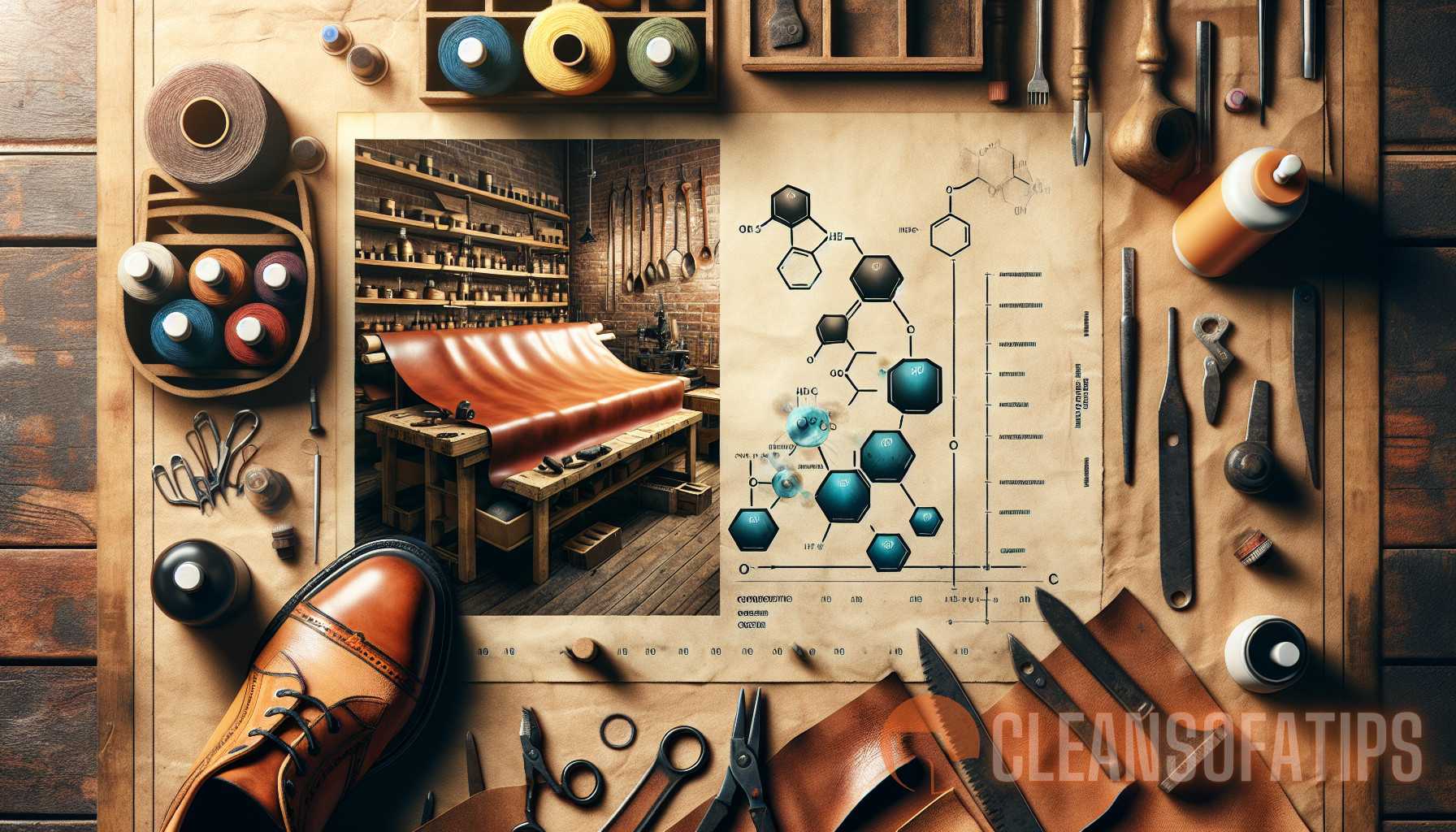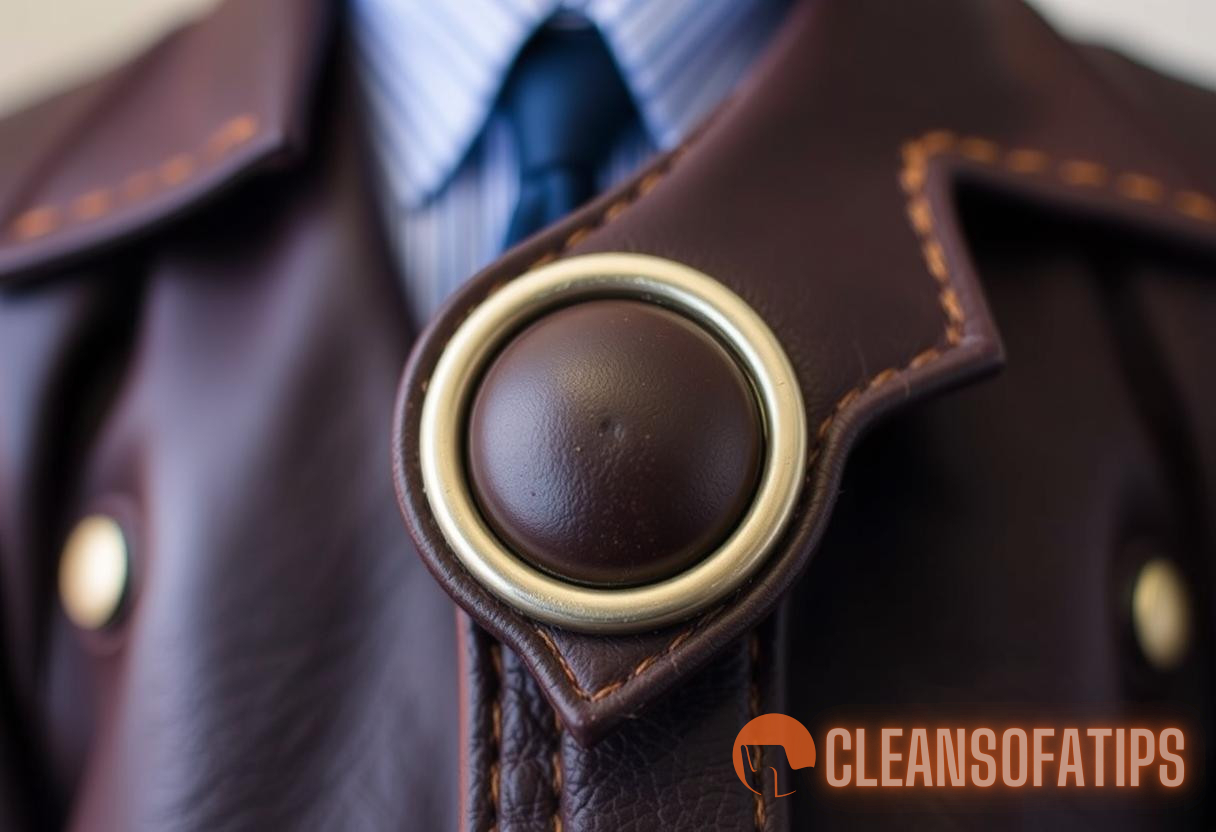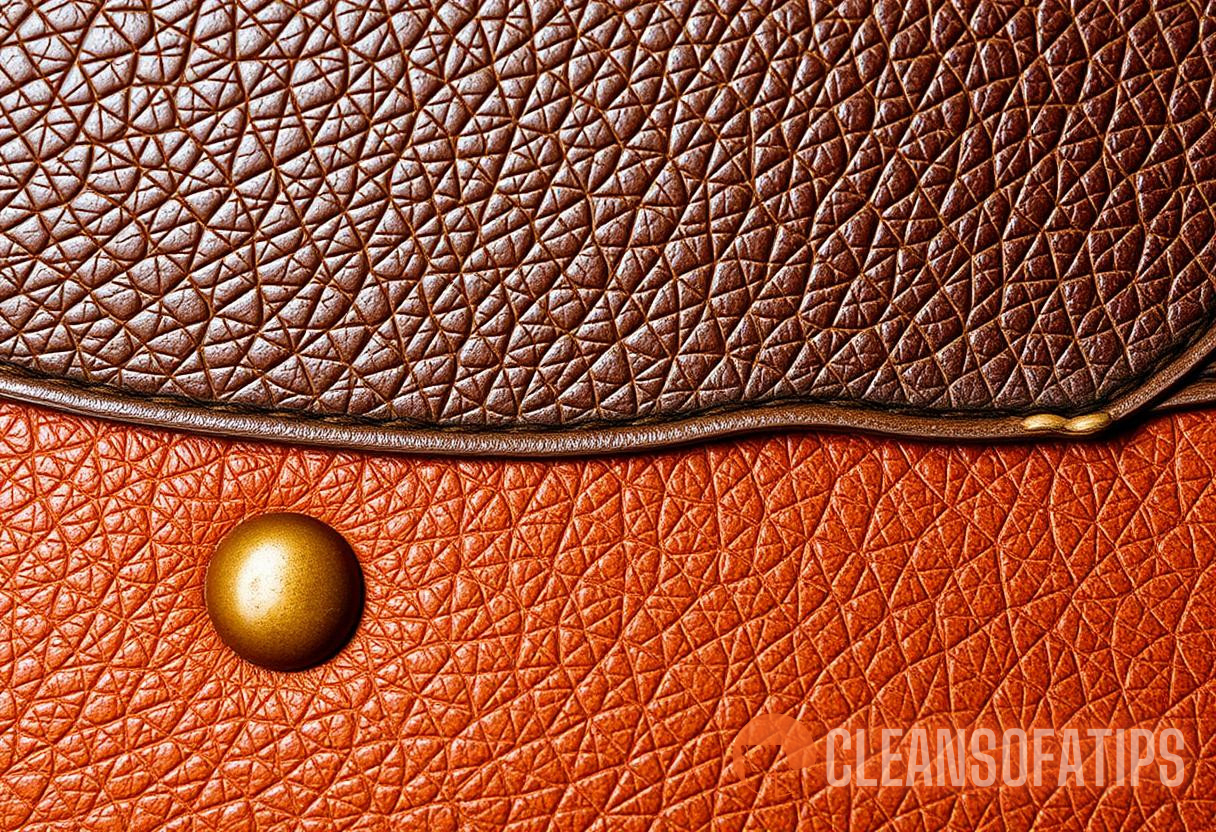Exploring the Chemical Composition of Leather: Unveiling the Key Elements for Optimal Maintenance
Leather is a durable and versatile material that has been used for centuries in the production of various goods, including shoes, clothing, furniture, and accessories. It is known for its natural beauty, strength, and ability to withstand the test of time. However, to preserve the integrity of leather and keep it in pristine condition, understanding its chemical composition is crucial. In this article, we will delve into the intricate details of leather care, exploring the key elements that make up leather and providing valuable insights on how to maintain it effectively.
The Structure of Leather
Leather is primarily made from the skin of animals, with cowhide being the most commonly used type. It is composed of three main layers: the epidermis, the dermis, and the subcutaneous tissue.
1. Epidermis Layer
The epidermis layer is the outermost layer of the skin and consists of a thin protective film called the cuticle. This layer is responsible for preventing the loss of moisture from the skin and protecting it from the external environment.
2. Dermis Layer
The dermis layer is the thickest and strongest layer of the skin, comprising the majority of the leather material. It is densely packed with collagen fibers, which give leather its strength, elasticity, and durability. The dermis layer also contains a network of blood vessels, nerve endings, and sweat glands.
3. Subcutaneous Tissue
The subcutaneous tissue is the innermost layer of the skin, located beneath the dermis. It is composed of fat cells and connective tissues that provide insulation and cushioning.
Chemical Composition of Leather
The chemical composition of leather is complex and varied, with different types of leather having distinct compositions. However, the key elements that contribute to the composition of leather include:
- Collagen: Collagen is the main protein present in leather, accounting for approximately 30-35% of its dry weight. It provides strength and flexibility to the material.
- Elastin: Elastin is another protein present in leather, but in smaller quantities compared to collagen. It gives leather its elasticity and allows it to return to its original shape after being stretched.
- Fats and Oils: Fats and oils are present in the subcutaneous tissue of the animal skin and can remain in the leather after tanning. They play a crucial role in keeping the leather soft and supple.
- Tanning Agents: Tanning is the process of converting raw animal hides into leather. Various tanning agents are used to stabilize the collagen fibers and prevent them from decomposing. The most commonly used tanning agents include chromium salts, vegetable extracts, and aldehydes.
Each of these elements contributes to the unique properties of leather and its ability to withstand wear and tear. However, to maintain the quality and appearance of leather, proper care and maintenance are essential.
Leather Maintenance
Maintaining leather requires a combination of regular cleaning, conditioning, and protection. By following these steps, you can ensure that your leather goods stay in optimal condition:
1. Cleaning
Cleaning leather involves removing any dust, dirt, or stains that may have accumulated on the surface. Here are some tips for cleaning leather:

- Use a soft, dry cloth or a vacuum cleaner with a brush attachment to remove loose dirt and dust from the leather.
- If there are stains on the leather, make a solution of mild soap and lukewarm water. Dampen a clean cloth in the solution and gently wipe the stained area.
- Avoid using harsh chemicals or cleaning agents that can damage the leather. Test any cleaning product on a small, inconspicuous area of the leather before applying it to the entire surface.
Regular cleaning helps prevent the buildup of dirt and grime, keeping your leather goods looking fresh and clean.
2. Conditioning
Conditioning leather is crucial for maintaining its softness, suppleness, and overall quality. Here are some steps you can take to condition leather:
- Choose a high-quality leather conditioner that is suitable for the type of leather you are treating. Different types of leather may require specific conditioners.
- Apply the conditioner to a clean, soft cloth and rub it onto the leather in a circular motion. Ensure that the conditioner is evenly distributed on the surface.
- Allow the conditioner to penetrate the leather for the recommended amount of time, as specified on the product instructions.
- Wipe off any excess conditioner with a clean cloth.
Conditioning leather helps prevent it from drying out, cracking, or losing its natural oils. It also helps restore its color and luster.
3. Protection
Protecting leather from the elements is essential for prolonging its lifespan and maintaining its appearance. Here are some ways you can protect leather:
- Avoid exposing leather to direct sunlight or extreme heat, as it can cause fading and drying out.
- Use protective sprays or creams specifically designed for leather to create a barrier against water, stains, and other potential damage.
- Store leather goods in a cool, dry place when not in use, preferably in a breathable bag or cover to prevent dust accumulation.
Protecting leather from damage helps preserve its integrity and ensures that it continues to look and feel its best for years to come.
Conclusion
Understanding the chemical composition of leather is crucial for proper care and maintenance. Leather is composed of collagen, elastin, fats and oils, and tanning agents, which contribute to its unique properties. By regularly cleaning, conditioning, and protecting leather, you can ensure its longevity and preserve its natural beauty. Use high-quality leather care products, follow the appropriate cleaning and conditioning techniques, and keep leather away from harmful elements. By doing so, you can enjoy your leather goods for many years to come.
For more detailed information on leather maintenance, check out the following articles:
- Revitalize and Extend the Lifespan of Your Leather Furniture with DIY Leather Conditioning Solutions
- The Ultimate Guide to Leather Care: From Cleaning to Conditioning for Your Sofa
For more information on leather, you can also visit Wikipedia’s page on leather.



